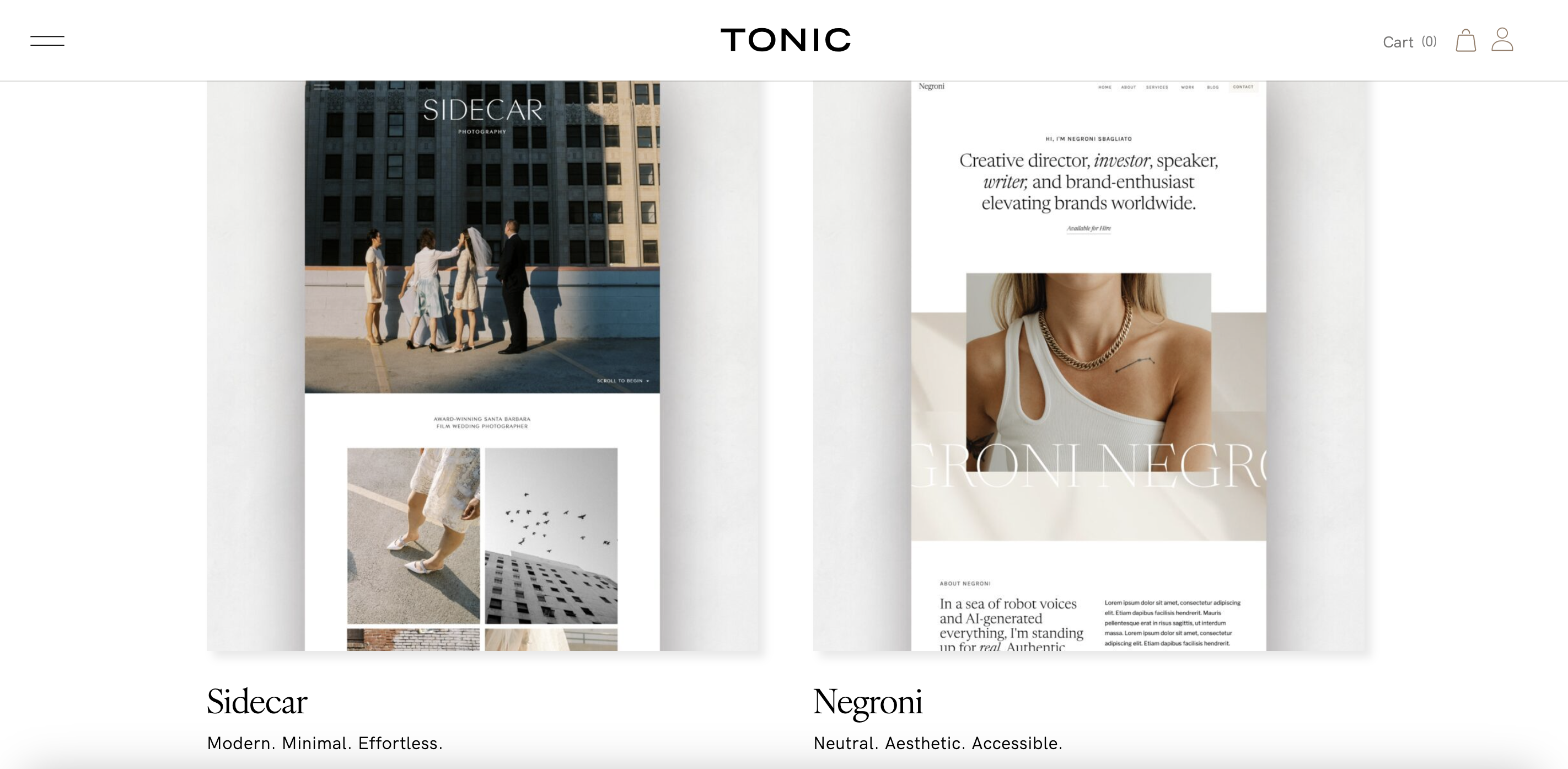Are you an online seller who has wondered what to include in your Etsy listings? This post will provide you with the ten-must haves for a great user experience.
As Etsy sellers, we are responsible for creating an experience for our customers that’s both easy and enjoyable. The secret to making this happen is not some complicated method but a simple concept: education. By providing your customer with all the information they need to make their purchase, you will not only increase sales but decrease customer service issues.
Everybody wins! I like to cover my bases by answering customer questions before they can even think of them. Here are the ten things I include in each Etsy listing to boost my chances of making a sale every time.

What to include in your Etsy listings: the ten must-haves
1. Etsy Listing Images
Product images are the first thing your customers see and are often used to make purchasing decisions. Even if you have an amazing product, your sales will suffer if it’s presented poorly.
If you’re going to make an investment in your business, this is where you should do it. Learn to take great photos on your own, use stock photography mockups (if this works for your items), or hire a professional to take photos. Your images need to be bright and clear and show off the best features of your product. If you have multiple shots that can convey that, include them (Etsy allows up to five per listing).
2. Description
The first paragraph of text in your Etsy listing should be treated like a sales pitch. Many people won’t read past it, so you want to provide as much information as possible about why they need your product. If your item has been featured in a magazine, on a website, or elsewhere, lead with that (i.e., “Featured on The Today Show!”).
Even if you are manufacturing your stuff in a space that doubles as a playroom for your kids, that doesn’t make you any less of a business. Look for ways to establish that you are an authority in your niche.
Include who it’s for, what makes it unique, and how it will benefit your buyer. If there is a genuine, personal story behind your item, including it is a great way to create an emotional connection— which will also increase the likelihood of future sales. While it’s important that you get in as much of that information as possible, your Etsy listing also needs to be succinct. Pick and choose the most important points.
3. What’s included
In the section that follows, share a physical description of the product. This includes dimensions, weight, any fabrics that are used, etc. Outline exactly what will be sent as a result of making a purchase. For example, if you sell a printed photograph, will it be sent in a frame? If you sell digital files, what types of files are included, and at what size(s)?
Another all-important sentence to include when selling digital items: a disclaimer/reminder that your product is not tangible and that customers shouldn’t expect to receive anything in the mail.
4. Ordering instructions
For many products sold on Etsy, this is as simple as “add item to cart.” I have many items in my shop that include customization or other steps to be taken before the buyer can begin enjoying their product. If your items also require information from your customer to complete their order, provide detailed instructions on how they can get that to you.
Etsy listings have improved in recent years with the addition of attributes right inside the listing manager, so your customers can choose options like “color” or “size” without having to send you a separate message with those details.
If you cannot proceed with an order until you receive certain information (i.e., a name that you will embroider on a pillow), make sure your customer knows that your promised timeline is contingent upon them providing you with their details.
5. Shipping/Production Timeline
Everyone wants their order yesterday (thanks, Amazon Prime!), so this is the section where we temper those expectations. Let your customers know how long it takes to process, create and ship their orders. I like to pad this timeline to account for any holdups from my printer that are often out of my control.
6. Disclaimer
Use this section to protect yourself from any areas where you expect to get customer complaints. For my digital products, the disclaimer is about how what you see on the screen may not necessarily be what prints out.
If you sell something like handmade apparel, you may want to use this area to remind your customers that if they put your items in the wash, the colors will bleed (and if so, this information should also be included under the “what’s included” section).
We can’t anticipate everything, so if you are repeatedly seeing the same customer frustrations, adapt your product to fix the issue or add a big old disclaimer to this section.
7. Returns
Let your customers know whether or not you accept returns and/or exchanges. If you do, be sure to provide them with easy instructions on how to do so, including who will pay for the shipping and the timeframe for which they are allowed.
8. Terms of Use
This is where you include your copyright information and any other notations about what your customers are allowed/not allowed to do with your items once they purchase them. A big concern for people who sell digital goods is always unauthorized resale. Make sure you state that your items are for personal use only and that they are not licensed to re-sell. If you are a Wholesaler, you can include a link to your wholesale information here.
9. Coupon Code/Thank You
Use your Etsy listing as a marketing tool! Give your customer a place to sign up for your email list, and thank them by sending a coupon code or freebie after signing up. Having them as a subscriber will be the best way to stay in touch with them, which can lead to great relationships and future sales.
10. Related Items
I don’t have these implemented in any of my product listing pages just yet, but plan on adding them! I keep hoping that Etsy will create a built-in way to display these as Shopify does, but in the meantime, I’d include links to three other listings that would complement the original listing (i.e., thank you cards to go with invitations).
Alternatively, you could include links to three other items in the same genre (i.e., a coffee mug to go with a coffee art print). This method of “up-selling” has been known to increase sales by over 30%, so it’s worth trying it out.
With a growing number of shops that pop up every day, it’s important to stand out in any way we can. If our Etsy listings are thorough, it shows that we are professional and care about the needs of our customers. A first impression can go a long way. Make yours count!
Now that you know what to include in your Etsy listings, it’s time to go update your shop! Drop a link to your storefront in the comments if you’d like to share.







Great post – thanks for sharing – I think there are a few things in there even some seasoned Etsy Sellers could learn for sure! I have shared it on my networks – GREAT tips!
Thank you so much, Lisa! That means a lot coming from someone so experienced! 🙂 I appreciate you sharing!
Thank you this was a great post to read. Now I’ll have to go back to my Etsy shop to tweak a bit. 🙂
Thanks so much, Alicia! Hope these tips helped you make some more sales and have made your life a little easier! 🙂